by Alexandra J Tohme
At New York City Climate Week & United Nations 78th General Assembly — project leaders from Future of Cities, Far Away Projects, Tapari and Alive-in gathered our friends and network together to announce an exciting new project in our pipeline for the FOC Climate + Innovation Hub in Little Haiti.
To set the scene, I opened the evening by challenging the common narrative on Haiti, which describes the country as “the rose that grows from the concrete,” — why not make a garden!
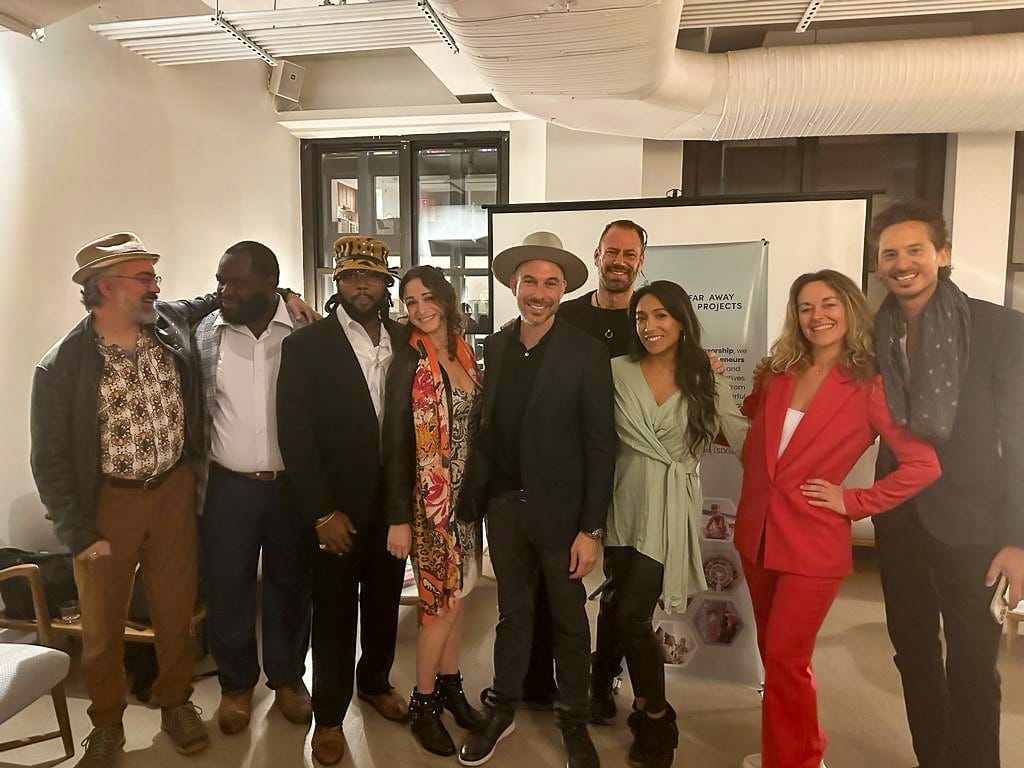
Ti Ayiti News & Awareness — TANA — is a storytelling program designed to serve two objectives: to amplify young Haitian and other black voices to debunk stereotypes and demonstrate the resiliency and vibrancy of indigenous cultures, and: to create jobs for youth living in economically disadvantaged areas through multimedia and journalism skills training.
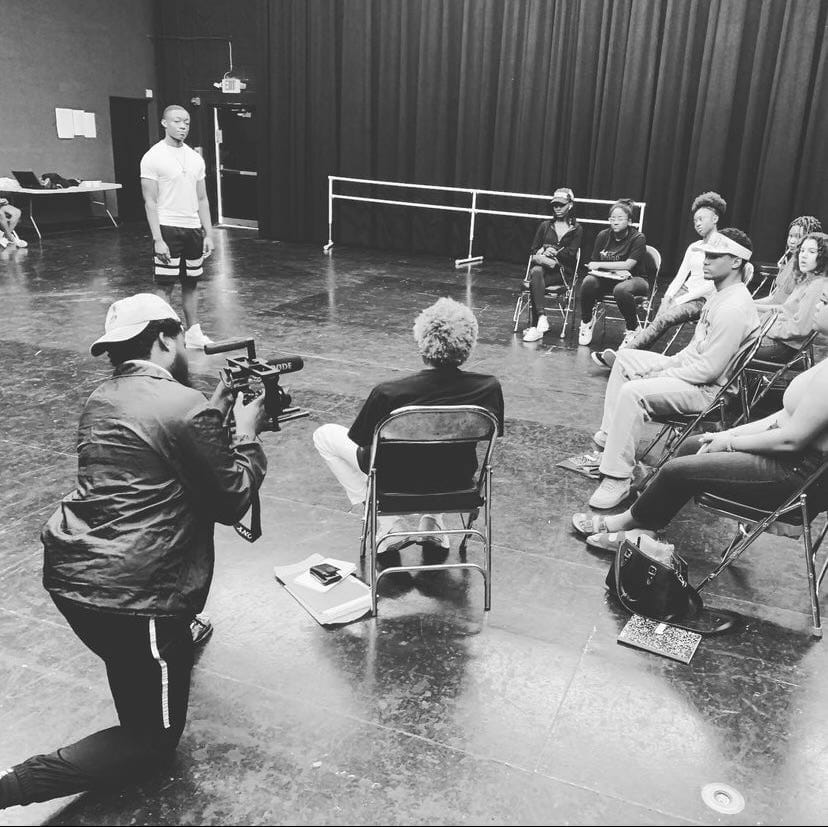
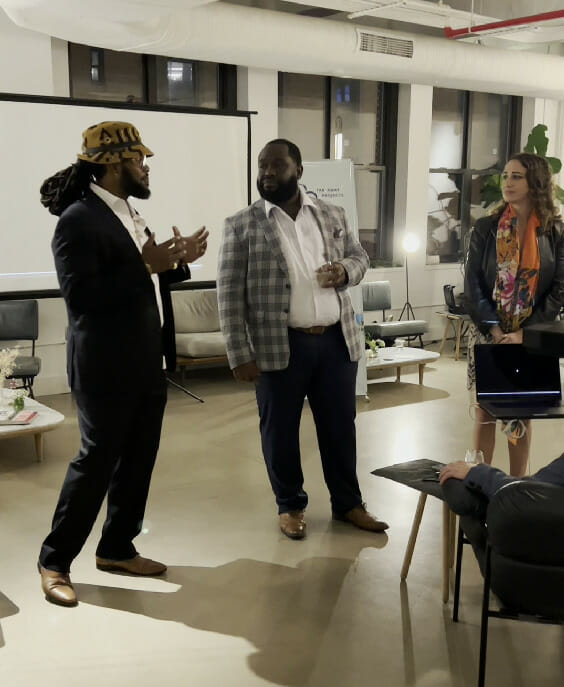
Through a robust training program, youth from underserved neighborhoods in Miami will go through cohorts of videography, photography, cinematography, editing, podcasting, journalism ethics, writing and more — at the Future of Cities Climate + Innovation Hub in the heart of Little Haiti.
As Miami’s first and only aspiring net-zero office, our facilities are equipped with a state-of-the-art podcast room, solar powered energy, a biodiverse garden with native Florida flora, upscaled and recycled furniture, and more. The building itself is an adaptively repurposed warehouse space, perfect for hosting events and programming of this kind.
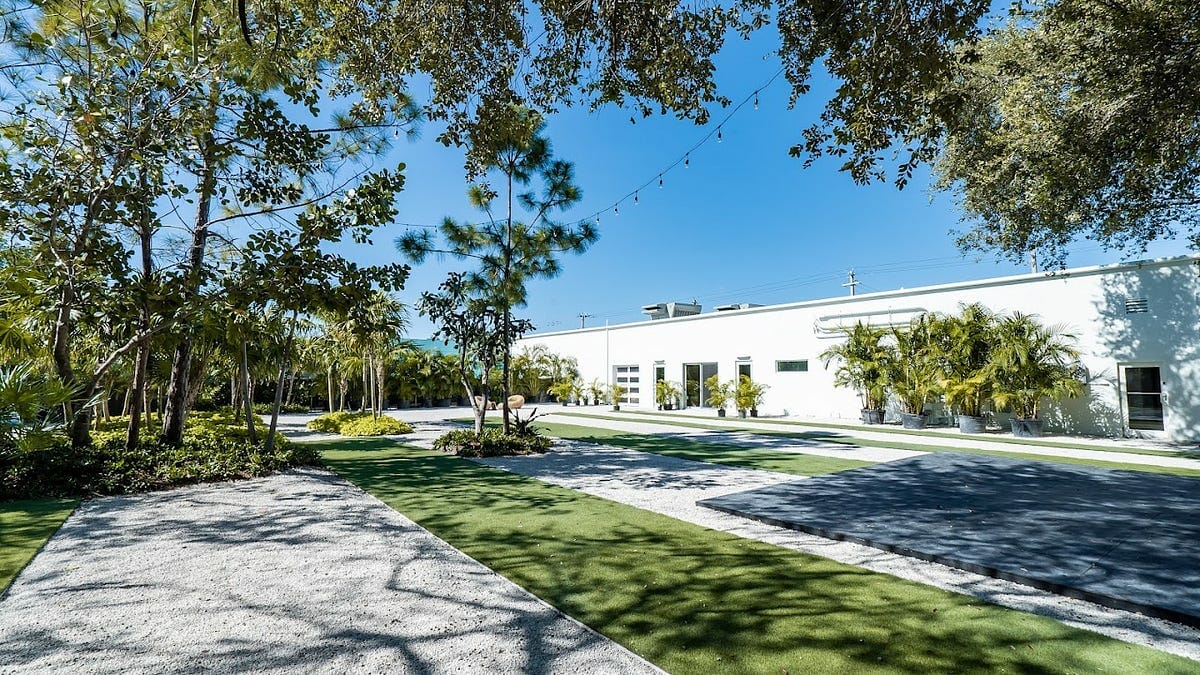
The video, photo, audio and written content created by the young trainees will be published and shared across FOC’s platforms: from YouTube to our newsletters, to photo exhibitions and social media. This provides a unique opportunity for the youth’s creativity and storytelling to reach a wide audience, and open the door to employment paths.
Further — some of our interested partners to collaborate can offer trainings on covering environmental news and climate reporting, which can translate into Haitian Kreyol and English news sources from the ground.
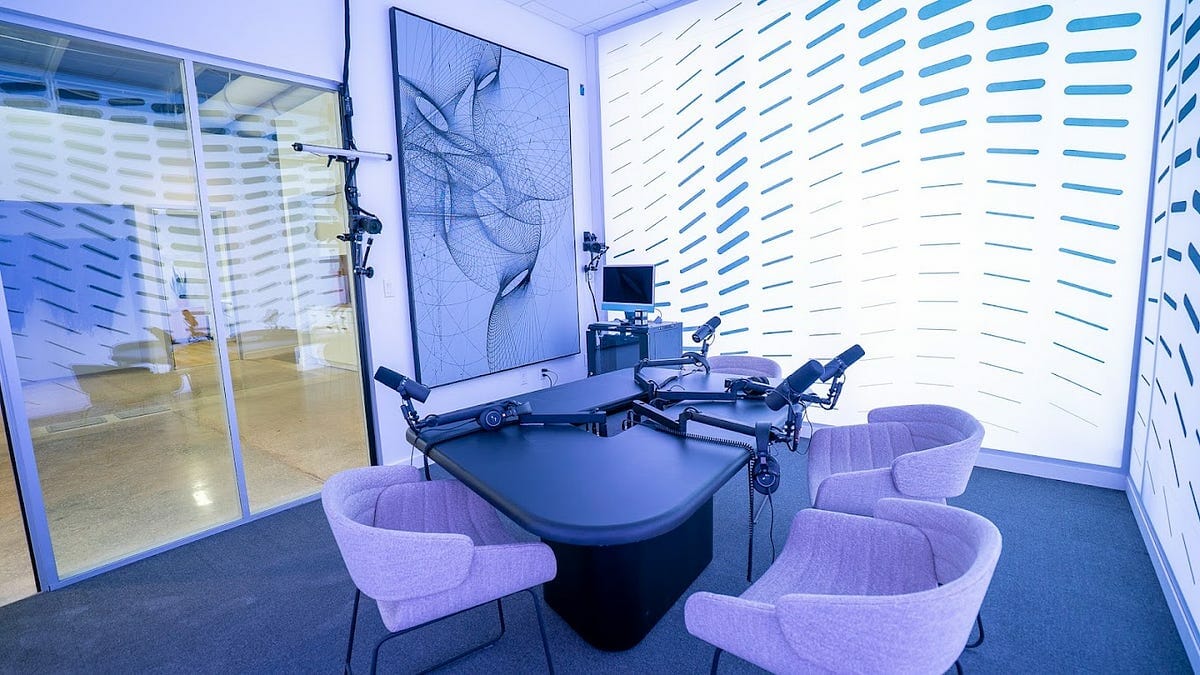
“We are not asking for a handout — we are asking for a hand up.”
~ Francois Alexandre: Local community leader, Entrepreneur, and Public Speaker, Inspiring those within his community and around the world in his active efforts and engagements
The words of Francois Alexandre exemplify what we are collectively fundraising for and looking for your support. Each donation will have a lasting impact, not a one-off contribution: Because this program will graduate groups of 120+ trainees a year to become published, embrace artistic expression, and receive career support to interview for jobs in Miami.
This is the kind of social equity impact projects we lead and are seeking support for, together in powerful partnerships.
Tapari, our local partner, believes in the power of science, art and culture to promote critical thinking and transform youth and scholars into the future trailblazers in their community.
“The ability to suffer trauma and turn it into positivity” is how Francois described dealing with his experiences, including police brutality,
“and ever since then that’s what I’ve been doing with my life — looking for a better community, and country — to uplift one another, economically, socially, and spiritually.”
Reginald Charles, community leader and Tapari project manager, spoke from his heart to a crowd full of entrepreneurs and innovators — many of whom also are parents. As a father of five, he expressed how important it is to engage this initiative for the future of the next generation:
“I have five kids. Growing up we didn’t have programs to improve our lifestyles, livelihoods or education — to be able to come back to our community and circulate the economy. That’s what I want to do differently and bring back to the neighborhood.”

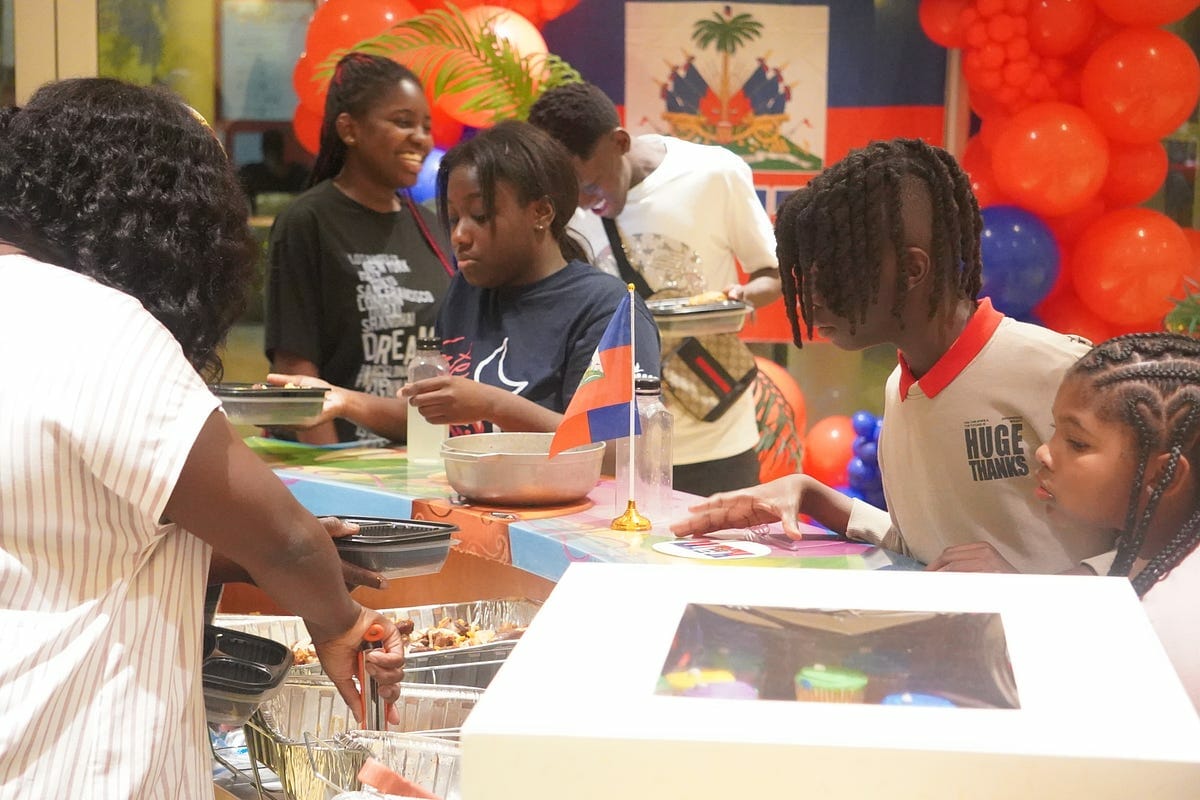
#Partnershipsthegoals was evident on that Tuesday evening in September, and throughout the NYC Climate Week. Desiree Tavera, Founder of Far Away Projects, talked about how she started these initiatives by bringing together people with a vision, which became the core of Far Away’s work to connect organizations in partnerships to achieve common missions.
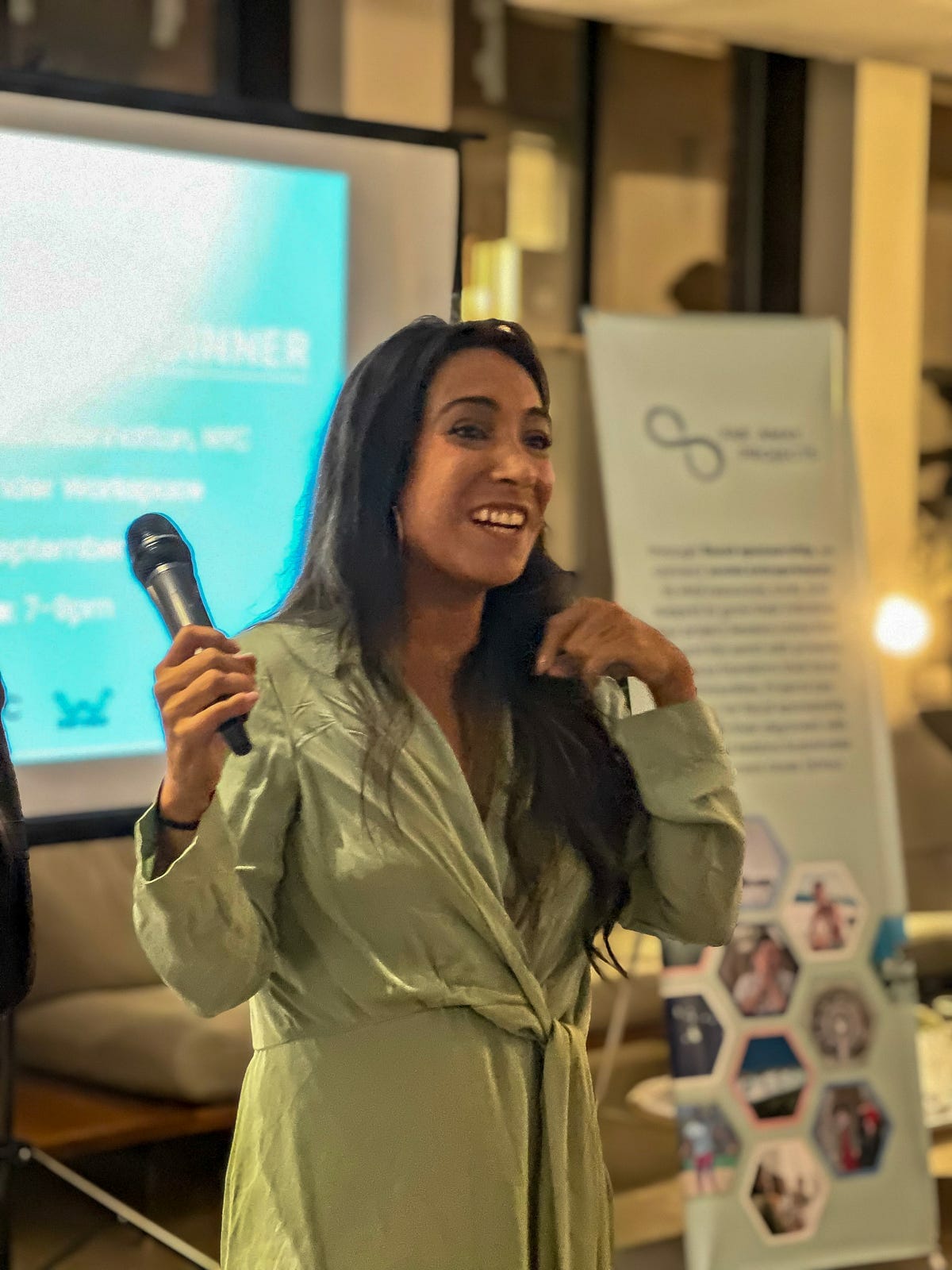
Zoe Red, the founder of “Creatives for Climate” opened the evening with remarks about how if we take a moment to look around us in the room, “the person next to you may be your next collaborator.”
While she mentioned the complexity behind some of our environmental and social challenges, she also expressed that the solutions are out there, and “some of those solutions are right here in the room tonight,” emphasizing that it is all about communication, “we need to know about it, we need to connect, we need to collaborate. How can we start the solution if we do not know what the regenerative future looks like?”
To conclude with an inspiring action-orientated quote from the evening by Francois:
“In order to regenerate the Earth, restore our waters, and revitalize our communities — we must do it together. That’s the opportunity today — to support not just this initiative, but other initiatives by environmentalists & community leaders, by people protecting the Earth and restoring our dignity.”

At Future of Cities we extend a special thank you to our sponsors at Far Away Projects and Sean Lee Davis with Awethentic Journeys — and to all those who attended the magical evening as we continue our mission to empower, regenerate and co-create our common futures on this planet.
